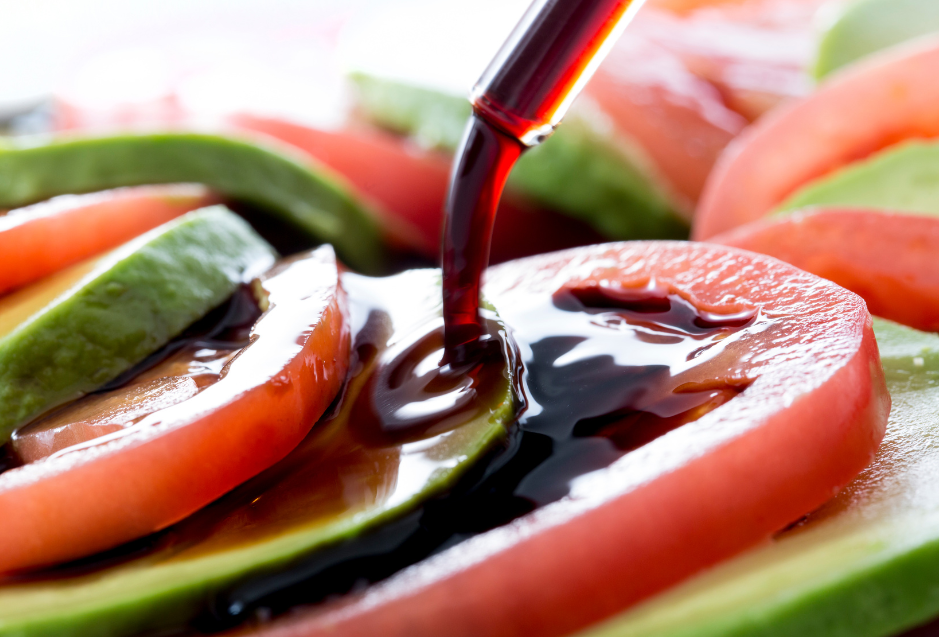Nestled in the lush landscapes of Modena, Italy, the journey of authentic balsamic vinegar begins.
This exquisite condiment, revered for its complex flavor and rich history, is not just a kitchen staple but a culinary treasure.
Whether drizzled over a fresh salad or enhancing a gourmet dish, balsamic vinegar offers a unique blend of taste and tradition.
Let's delve into how balsamic vinegar is made, explore the differences between dark and light varieties, and uncover some of the health benefits it may offer, especially for those with dietary concerns like diabetes.
Where Does Balsamic Vinegar Come From?
Balsamic vinegar originates from the grape must (freshly crushed grape juice) of locally grown grapes in the Modena region, such as the Trebbiano and Lambrusco varieties.
The must is cooked down to create a concentrated syrup, then aged in wooden barrels, where it undergoes a transformation through a slow fermentation process, followed by progressive concentration.
The aging process, which can range from a minimum of 12 years to even over 25 years for traditional balsamic vinegar, imparts the deep, rich flavor and velvety texture that characterizes this celebrated condiment.
Dark vs. Light Balsamic Vinegar:
The key differences between dark and light balsamic vinegar lie in the fermentation and aging process.
Dark balsamic vinegar is aged for longer periods and has a deeper, more complex flavor profile and thicker consistency.
In contrast, light balsamic vinegar, often referred to as "white balsamic," is aged for a shorter time and maintains a lighter color and a crisp, clean taste. This variety is perfect for dishes where the visual appearance is as important as taste.
Health Benefits of Balsamic Vinegar:
Balsamic vinegar is not only cherished for its flavor but also its potential health benefits.
It's low in calories and may help with blood sugar management, making it a favorable option for those with diabetes.
Studies have shown that consuming balsamic vinegar can improve insulin sensitivity, which may benefit individuals with insulin resistance or type 2 diabetes.
One study published in the journal Diabetes Care found that vinegar improves insulin sensitivity after meals high in carbohydrates for those with insulin resistance or type 2 diabetes. This effect is particularly noteworthy as vinegar ingestion helps in managing blood glucose levels more efficiently, which could be beneficial for diabetes management.
Additionally, balsamic vinegar contains antioxidants that combat cell damage and promote heart health.
Conclusion:
Whether you're a culinary aficionado or simply looking to spruce up your meals, balsamic vinegar offers a unique combination of flavor and benefits.
With its roots deeply embedded in Italian tradition, each drop of balsafilcarries with it a story of heritage and craftsmanship.
From a simple salad dressing to a sophisticated reduction, the versatility of balsamic vinegar makes it a must-have in any kitchen.
As you savor your next dish enhanced by this exquisite vinegar, take a moment to appreciate the artistry and tradition that has developed over centuries in the heart of Italy.
---
I hope this blog piece resonates with your audience and provides a comprehensive look into the world of balsamic vinegar. Feel free to adjust the tone and content as needed to match your client’s brand and audience preferences.

